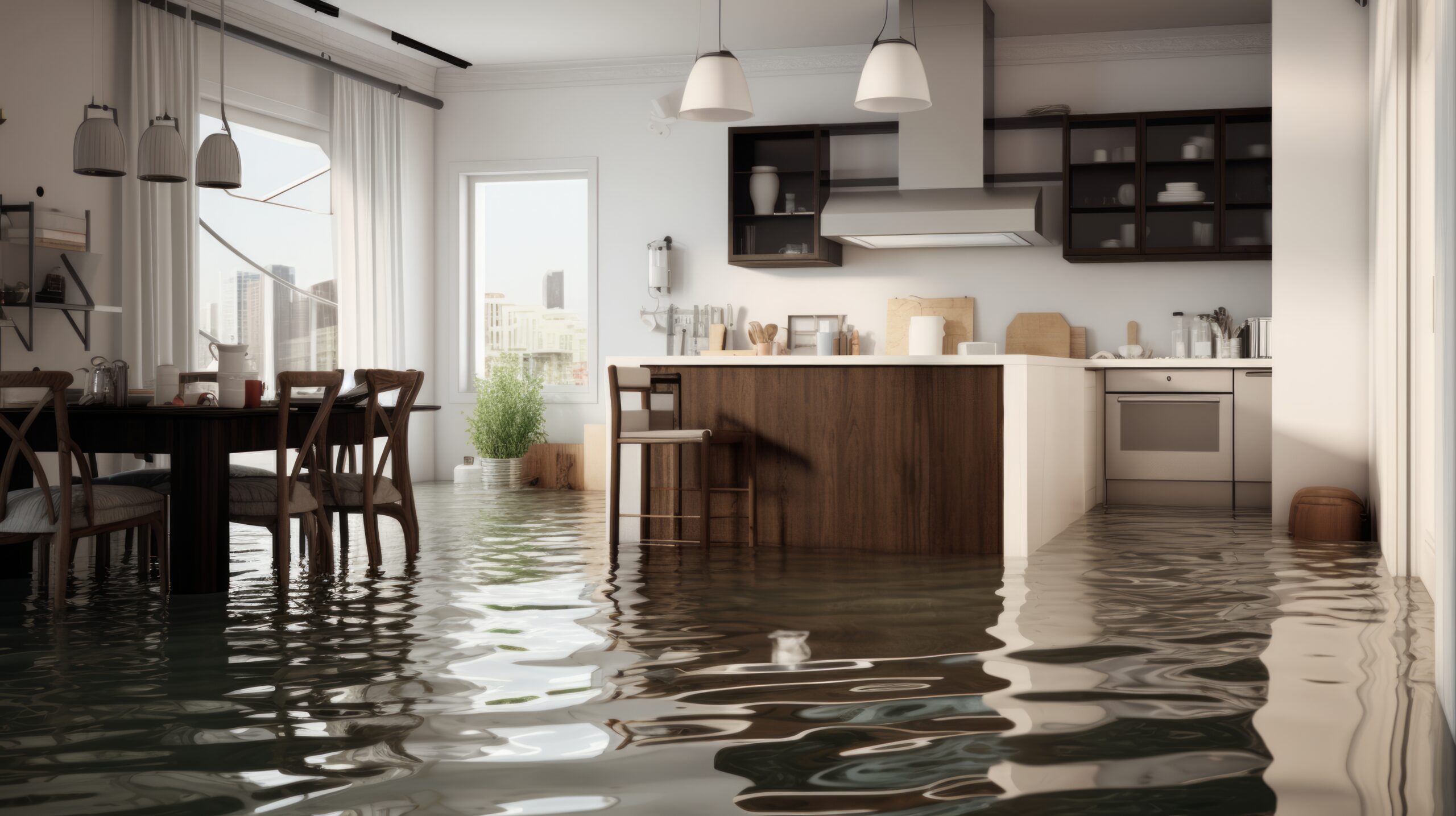Living in Florida, hurricanes are an unavoidable part of life. When a hurricane passes through, it can leave behind extensive damage to homes and properties. Knowing what to check first after a hurricane is crucial to ensure the safety of your home and family, and to begin necessary repairs as soon as possible. Safety should always be your top priority before any inspections. Here’s a step-by-step guide to help you navigate the process of checking your home after a hurricane.
-
Prioritize Safety Above All Else
Before stepping outside or inspecting your property, ensure that the area is safe. Take precautions and be aware of any immediate hazards that could pose a threat to you or your family.
– Look for Downed Power Lines: Stay at least 30 feet away from downed or dangling power lines, and report them to the utility company immediately.
– Check for Gas Leaks: If you smell gas or suspect a leak, turn off the gas supply and leave your home. Contact your gas company for assistance.
– Be Cautious of Flooded Areas: Avoid wading through standing water, as it may be contaminated or hide hazards like sharp debris or electrical currents.
-
Conduct a Visual Inspection of Your Roof
The roof is often one of the most vulnerable parts of your home during a hurricane. High winds, flying debris, and heavy rain can cause significant damage.
What to look for:
– Missing or Loose Shingles: Check if any shingles are missing, torn, or visibly loose.
– Damaged Tiles or Metal Panels: Look for cracks, chips, or dents in tile or metal roofing materials.
– Visible Punctures: Identify any holes or punctures caused by debris.
– Sagging or Structural Issues: Be on the lookout for areas that appear to be sagging or have shifted.
Pro Tip: Use binoculars for a close-up view if you don’t feel safe climbing a ladder. For major damage, contact a licensed roofing professional for a detailed assessment.
-
Examine the Exterior of Your Home
After ensuring your roof is intact, move on to checking the exterior walls, windows, and other structural elements.
Key areas to inspect:
– Siding and Walls: Check for cracks, warping, or areas where water may have infiltrated.
– Windows and Doors: Inspect for broken glass, damaged seals, or frames that have shifted.
– Gutters and Downspouts: Look for debris, bent or detached sections, and areas where water may not be draining correctly.
-
Inspect the Interior for Signs of Water Damage
Hurricane-force winds and heavy rain can lead to water intrusion in unexpected areas of your home. Inspect the interior for any signs of damage or leaks.
Look for:
– Water Stains on Ceilings and Walls: Discoloration or spots can indicate a roof leak.
– Damp or Soft Spots: Feel for areas that are damp or softened due to water exposure.
– Mold or Mildew: Be aware of musty odors or visible mold growth, as mold can spread quickly in humid conditions.
-
Check for Structural Damage to Your Home’s Foundation
While it’s less common for hurricanes to cause direct foundation damage, it’s still important to ensure the structural integrity of your home.
Things to check:
– Cracks in the Foundation: Large or widening cracks may indicate structural shifting.
– Shifts or Settling: Look for signs that your home’s structure has moved or shifted.
-
Assess Trees, Fences, and Outdoor Structures
Hurricanes often leave behind fallen trees, broken branches, and damaged outdoor structures like fences, sheds, and patios. These can pose safety risks or cause further damage to your property.
What to do:
– Remove Debris Carefully: If it’s safe, begin removing branches or debris from your yard.
– Check Trees for Stability: If a tree appears unstable or is leaning dangerously close to your home, contact a professional tree service.
– Inspect Fences and Outdoor Buildings: Assess the stability and condition of any outdoor structures.
-
Document the Damage for Insurance Claims
Take detailed photos and videos of any damage to your home and property. This documentation will be crucial when filing an insurance claim.
Steps to take:
– Capture Clear Images: Photograph damage from multiple angles to provide a comprehensive view.
– Record a Video Tour: Walk through your home and property while narrating the visible damage.
– Create a List of Damaged Items: Include descriptions and approximate values of items that have been damaged or destroyed.
-
Contact Your Insurance Company and a Roofing Professional
Once you’ve assessed the damage, it’s time to take action to repair and protect your home.
– Notify Your Insurance Company: File a claim as soon as possible, providing all necessary documentation.
– Call a Licensed Roofing Contractor: A professional inspection can uncover hidden issues and provide a detailed estimate for repairs or replacements.
– Make Temporary Repairs if Safe: Cover broken windows, holes, or roof leaks with tarps or plastic sheeting to prevent further damage.
Final Thoughts: Preparation and Swift Action Make All the Difference
Recovering from a hurricane can be stressful, but knowing what to check first after a storm can make the process more manageable. Prioritize safety, conduct thorough inspections, and seek professional help when needed. With the right approach, you can protect your home, begin repairs quickly, and ensure your property is ready to withstand future storms.
For help with post-hurricane roof inspections and repairs, contact a trusted roofing professional in your area today. Stay safe and prepared!

